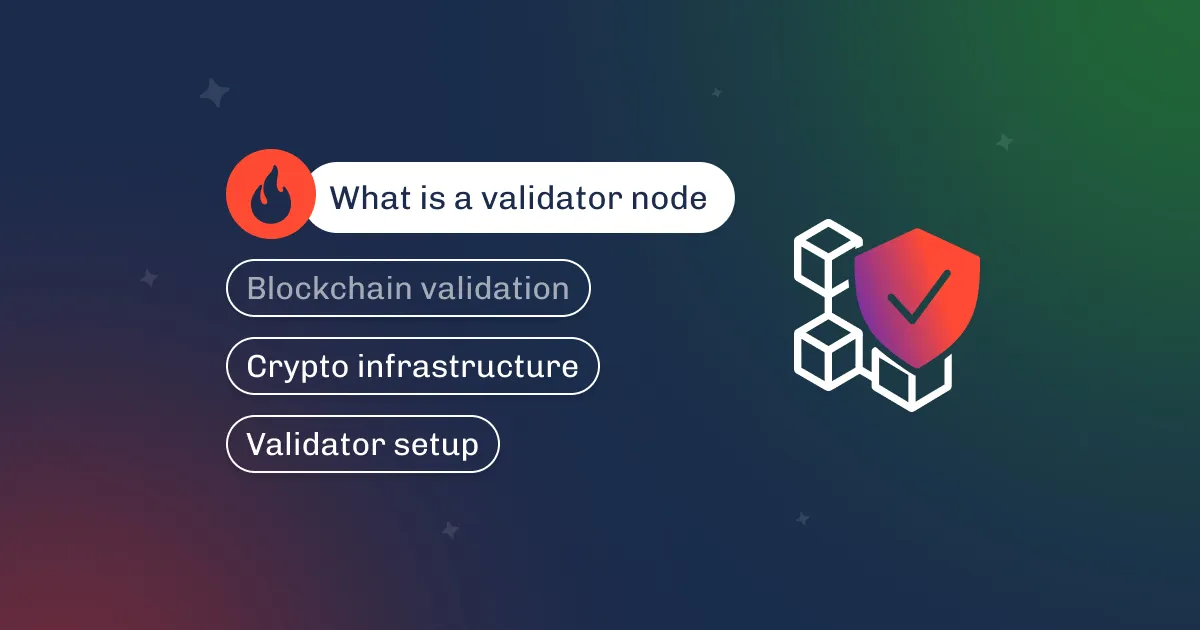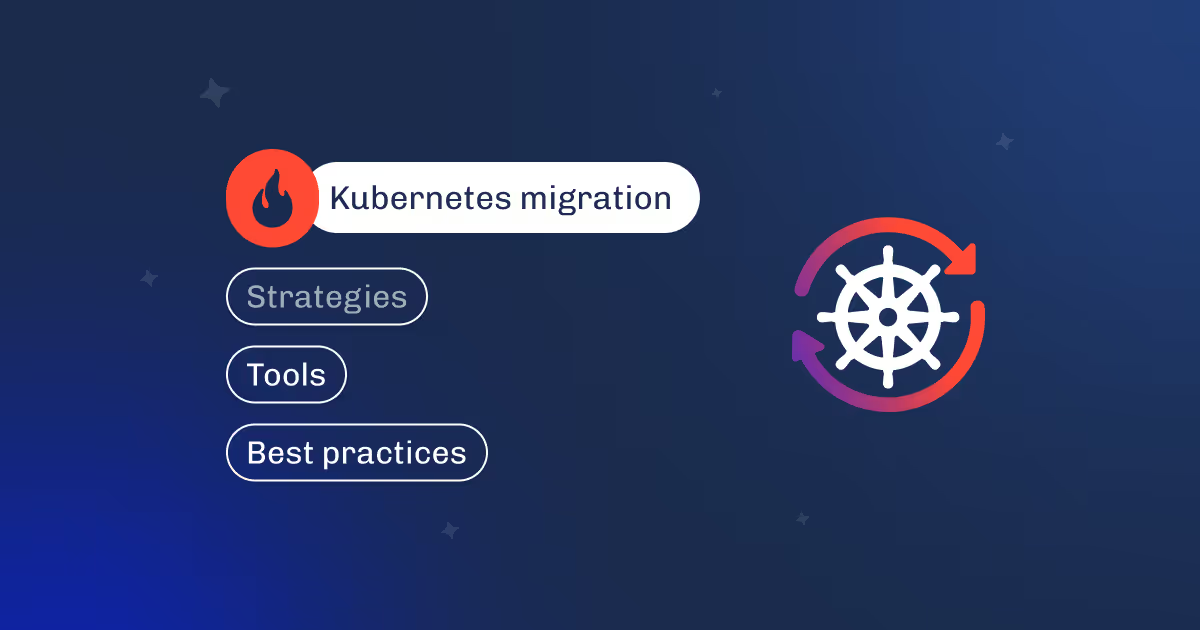

If you’ve been in the AI/ML space for a while, you’ve probably heard the terms MLOps and ModelOps thrown around like they’re interchangeable. Spoiler alert: they’re not. Sure, they both deal with machine learning in production, but they tackle very different challenges.
MLOps is all about building, deploying, and maintaining ML, focusing on the engineering side of things—pipelines, automation, versioning, and keeping systems from breaking. ModelOps, on the other hand, is the big picture strategy—managing all models (not just ML) across an organization, ensuring they meet business, governance, and compliance requirements.
So, is ModelOps just MLOps with a fancier name? Not exactly. Let’s break it down and see why understanding the difference actually matters.
ModelOps (short for Model Operations) is all about keeping AI models running smoothly and making sure they deliver real value. The term was first introduced by IBM researchers in December 2018, describing it as a programming model for reusable, platform-independent, and composable AI workflows.
Unlike MLOps, which focuses on the engineering side—training, deploying, and automating ML models—ModelOps looks at the bigger picture. It manages all types of AI models, not just ML, ensuring they stay reliable, compliant, and aligned with business goals.

At its core, ModelOps is about orchestration. It ensures that models—whether machine learning, rule-based, or statistical models—are monitored, governed, and aligned with business objectives. This means tracking model performance, bias detection, compliance, version control, auditability, and retraining pipelines to keep AI systems relevant and trustworthy.
A good way to think about it: MLOps is for ML engineers and data scientists, helping them push models into production fast. ModelOps is for the entire business, ensuring they meet security, regulatory, and operational requirements across departments like finance, legal, and risk management.
At its core, ModelOps is a DevOps-inspired methodology designed to handle the complexity of AI deployment at scale. A full-fledged ModelOps framework typically includes:
| CI/CD for AI models | Automates AI model integration, testing, and deployment across cloud (AWS, GCP, Azure) and on-prem. Pipelines (Jenkins, GitHub Actions) manage version control, testing, and containerized deployments (Docker, Kubernetes). |
| Development environments | Standardizes ML development using Jupyter, VS Code, or PyCharm with frameworks (TensorFlow, PyTorch). Workflows are containerized (Docker) and orchestrated (Kubernetes) for consistency. |
| Testing & validation | Ensures model reliability with unit tests (pytest, unittest), integration tests, and performance validation. Tools like Great Expectations, Deepchecks detect data issues. |
| Model versioning & registry | Tracks model versions to prevent drift and ensure reproducibility. Tools like MLflow, Weights & Biases, DVC store artifacts, datasets, and hyperparameters. |
| Model store & rollback mechanisms | Stores trained outputs in S3, GCS, Azure Blob, MLflow Model Registry. Rollbacks use A/B testing and Canary Deployments to revert failures. |
| Continuous training & adaptive learning | Automates retraining when data shifts. Uses Kubeflow, Apache Airflow for scheduling, Tecton, Feast for feature consistency, and reinforcement learning for self-improving models. |
A well-structured ModelOps framework brings standardization and scalability across different environments, ensuring AI models are trained, deployed, and maintained efficiently.
As CIO-Wiki puts it, “A true ModelOps framework allows development, training, and deployment processes to run consistently in a platform-agnostic manner.”
In other words, ModelOps is the bridge that takes AI from research labs to real-world applications—whether it’s fraud detection, personalized recommendations, or large-scale automation. Companies that fail to implement ModelOps often struggle with AI model degradation, regulatory risks, and inefficient scaling. Those that do? They unlock a sustainable, repeatable system for managing AI at scale.
Building an AI model is one thing—making it work reliably in the real world is another. That’s where ModelOps comes in. It bridges the gap between data science experiments and real-world AI applications, ensuring that models don’t just sit in research notebooks but actually deliver value at scale.

Unlike MLOps, which focuses mainly on ML in production, ModelOps covers all AI, including predictive analytics, optimization, and even large-scale Generative AI (GenAI) and Retrieval-Augmented Generation (RAG) systems. It ensures that solutions are not only deployed but continuously improved, monitored, and governed to meet business needs.
Without clear processes and best practices, deploying AI at scale turns into chaos. ModelOps creates a structured pipeline for building, testing, validating, and deploying models across an organization. Version control (DVC, MLflow), model registries (SageMaker Model Registry, Google Vertex AI), and reproducibility frameworks ensure that AI deployments are consistent, auditable, and easy to manage.
As AI adoption grows, so does the data volume, model complexity, and computational demand. ModelOps enables seamless scaling by managing compute resources (Kubernetes, Ray, Apache Spark), automating model retraining, and optimizing inference for low-latency applications. Whether it's predicting customer demand in retail or handling fraud detection in finance, ModelOps keeps models efficient even as data grows exponentially.
A model trained six months ago is likely outdated today. Data changes, user behavior shifts, and new patterns emerge. ModelOps integrates automated retraining pipelines that trigger updates when model drift is detected. Tools like Evidently AI track performance changes, and CI/CD frameworks (Kubeflow Pipelines, Apache Airflow) ensure models are refreshed without disrupting production.
Deploying a model is easy. Keeping it running without breaking your system is the real challenge. ModelOps ensures seamless integration with enterprise software, APIs, databases, and real-time analytics tools. It enables A/B testing, canary deployments, and rollback mechanisms to prevent faulty models from impacting users. This makes AI robust, stable, and production-ready.
AI models can drift, bias can creep in, and regulations change. ModelOps establishes governance frameworks that ensure model explainability, fairness, and compliance with laws like GDPR and CCPA. It supports audit trails, performance logging (Prometheus, Grafana), and human-in-the-loop validation for sensitive applications like healthcare, finance, and automated decision-making.
| MLOps | ModelOps | |
|---|---|---|
| Focus | Manages the full ML lifecycle, from data preparation to deployment. | Ensures operational efficiency of all AI systems (ML, rules-based, GenAI) in production. |
| Scope | Covers data engineering, model training, deployment, and CI/CD. | Focuses on governance, compliance, monitoring, and ongoing maintenance. |
| Key components | Data pipelines, feature engineering, model training, CI/CD, and monitoring. | Model monitoring, governance, versioning, compliance, and stakeholder collaboration. |
| Primary goal | Automates and scales ML model development and deployment. | Ensures models remain accurate, compliant, and up-to-date over time. |
| Technical emphasis | Experiment tracking (MLflow, Weights & Biases), hyperparameter tuning, containerized deployment (Docker, Kubernetes). | Model governance (audit trails, versioning), compliance frameworks, real-time monitoring (Prometheus, Datadog). |
| Collaboration | Bridges gaps between data scientists, ML engineers, and DevOps teams. | Unites business teams, compliance officers, IT, and AI engineers for enterprise-wide AI management. |
| Regulatory & compliance | Focuses on data privacy, security, and responsible AI guidelines. | Implements model risk management, bias detection, and regulatory reporting (GDPR, SOC 2, HIPAA). |
MLOps is about getting ML to production fast. ModelOps is about keeping them working, trustworthy, and valuable over time. Want AI that scales without turning into a liability? You'll need both.

AI doesn't just exist in labs. It powers fraud detection in banks, automates diagnostics in hospitals, and optimizes supply chains in retail. But without proper management, even the best ones can fail—leading to financial losses, inaccurate predictions, or compliance violations.
That’s where ModelOps comes in.
Banks process millions of transactions daily, making fraud detection a constant challenge. AI systems analyze behavioral patterns, flag anomalies, and stop fraud in real-time. But fraud tactics evolve, and outdated algorithms miss new threats.
ModelOps automates continuous retraining of fraud detection models, ensuring they adapt to new fraud schemes without manual intervention. It also helps with regulatory compliance, providing version control, audit logs, and explainability for AI-driven credit scoring and risk assessment.
For example, JPMorgan Chase leverages ModelOps to oversee and govern thousands of AI models. Their AI Model Risk Management (AIMRM) framework ensures that all deployed models remain compliant with regulations like the SR 11-7 (Fed guidelines for model risk management) while staying up-to-date with new financial trends.
Medical AI must be highly accurate. A misdiagnosis can have serious consequences. This technology relies on continuously updated patient data, medical research, and imaging scans.
ModelOps ensures AI models in healthcare don’t drift, meaning their accuracy doesn’t degrade over time. It enables real-time monitoring of AI predictions and automated retraining with the latest clinical data. It also ensures compliance with HIPAA and GDPR, logging every model update for regulatory audits.
Retailers rely on AI for demand forecasting, dynamic pricing, and personalized recommendations. A faulty model can lead to overstocked warehouses or missed sales.
ModelOps ensures forecasting models are retrained daily or weekly using fresh market data. It also allows for A/B testing of different pricing algorithms and real-time adaptation to supply chain disruptions.
Factories use AI to predict machine failures before they happen, avoiding costly downtime. But these systems must adapt to changing production environments and wear-and-tear on equipment.
ModelOps enables continuous monitoring and retraining of predictive maintenance models, ensuring they stay relevant as machines age. It also supports automated defect detection in production lines, improving quality control.
With ModelOps, telecom providers can update network optimization algorithms in real time, preventing congestion before it affects users. AI systems also stay ahead of evolving scams, continuously learning from new attack patterns.
Several tier-1 companies have already embraced ModelOps to scale their AI-driven decision-making, automate model management, and ensure governance across their AI ecosystems.
Notable examples include JPMorgan Chase, which leverages ModelOps for risk management and compliance in financial services, and Pfizer, which integrates it into drug discovery and clinical research to accelerate innovation.
AI models don’t live in isolation. They need to be deployed, monitored, updated, and governed—otherwise, they become outdated, unreliable, or even risky. That’s exactly where ModelOps comes in. It’s the missing link that turns AI from an experiment into a long-term, scalable asset for businesses.
Companies investing in AI can't afford to ignore ModelOps. It ensures AI systems stay accurate, compliant, and cost-effective over time.
As Data Science Central puts it:
“ModelOps provides explainability for models in a way business leaders can understand. Bottom line: ModelOps promotes trust, which leads to increased AI adoption.”
At Dysnix, we don’t just talk about ModelOps (Model Operations)—we build custom solutions that make AI work seamlessly at scale. Whether you need continuous model monitoring, automated retraining, or robust governance frameworks, our experts help deploy, optimize, and future-proof your AI models.






